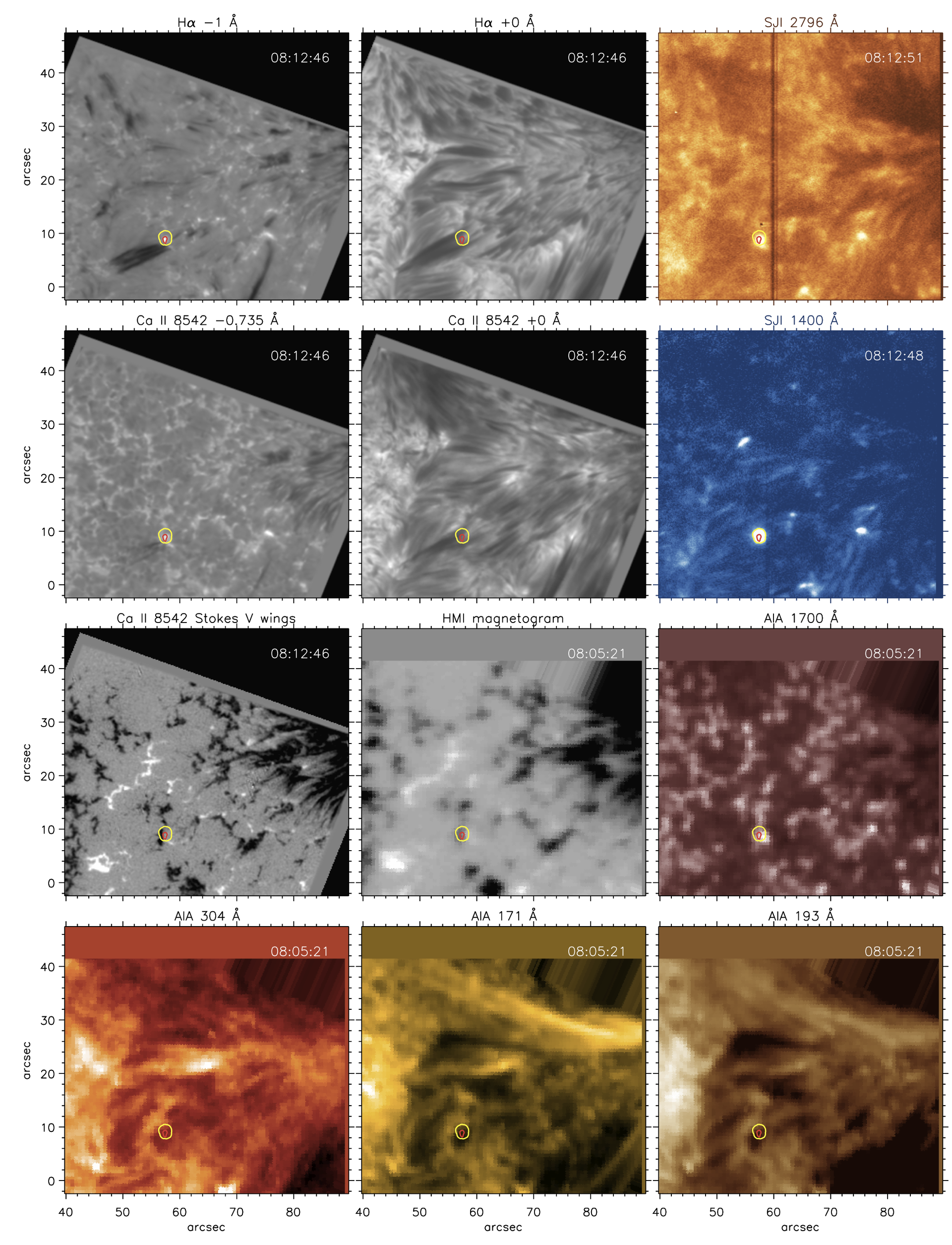About the project

Flux emergence is the study of how buoyant magnetic field moves from the tachocline, through the turbulent convection zone to the photosphere, and beyond, up into the chromosphere, transition region, and corona, which comprise the outer solar atmosphere. The movement of magnetic flux upward through the convection zone is also part of the set of large and small scale motions that regenerates the solar magnetic field and flux emergence is therefore an integral component of the solar dynamo.
The outer solar atmosphere is heated and solar activity arises as a result of the interaction between the motions in the convection zone and the magnetic field. Much progress in understanding the relevant processes has been made in the last decade, not least due to great improvements in the realistic modeling of this interaction.
Models based on “magnetic braiding”, or the “nanoflare” model, where photospheric motions do work on the magnetic field give chromospheric heating and coronae of 1 MK or greater temperatures and synthetic observables that reproduce many of the properties seen in chromospheric, transition region, and coronal diagnostics. However, there are also significant discrepancies between the observations and the simulations.
A major goal of this project is to determine whether some of these discrepancies are due to the neglect of flux emergence. We will use the Institute of Theoretical Astrophysics (ITA)’s access to state-of-the-art ground and space-based facilities, complemented by ‘realistic’ 3D simulations of the outer solar atmosphere to determine the fraction of weak internetwork photospheric flux that reaches the chromosphere and transition region; to analyse the ubiquitous magnetic flux emergence process that occurs at all spatial and temporal scales; and to measure the chromospheric magnetic field itself.
Objectives
Investigating the role of magnetic flux emergence in the outer solar atmosphere and the connections between convective motions on many length scales and the structuring of the solar corona.
- Emergence and ascent of weak small-scale internetwork magnetic flux in the quiet Sun: to determine the fraction of the weak photospheric flux that reaches the chromosphere and transition region, how the emergence is spatially organized, and how the interactions with the pre-existing field proceeds in the quiet Sun.
- Coupling between the outer layers of the Sun: emerging magnetic flux: to investigate the interactions of the newly emerged fields with the ambient fields in their way to the corona, where a violent release of energy is triggered.
- Measurement and retrieval of the chromospheric magnetic field: measuring full-Stokes profiles in multiple chromospheric lines and use NLTE inversion codes in order to retrieve the physical parameters, i.e., the magnetic structure of the solar chromosphere.
Outcomes
By comparing for the first time co-temporal observations spanning the entire solar atmosphere to highly realistic 3D numerical simulations that generate directly comparable diagnostic output, we will gain a new understanding of the physics of the outer solar atmosphere, not least of coronal heating and the generation of eruptive events, as well as tie coronal structure and energetics to the deep convection zone.

Competences and tools
The Institute of Theoretical Astrophysics (ITA) has a unique opportunity to observe, analyze, and understand the process of magnetic flux emergence into the outer solar atmosphere: We have played a major role in the development of space based observatories such as the Japanese Hinode EUV Imaging Spectrometer (EIS; Culhane et al. 2007), and the Interface Region Imaging Spectrograph (IRIS; De Pontieu et al. 2014).
We have pioneered the co-temporal gathering of high quality ground based photospheric data from the Swedish 1-meter Solar Telescope (SST; Scharmer et al. 2003) with these space based resources. Through our collaborator Luis Bellot Rubio, we also have access to instruments placed at the newly opened GREGOR 1.5 m telescope (Schmidt et al. 2012) on Tenerife.
Coronal observations from the Atmospheric Imaging Assembly (AIA, Lemen et al. 2012) on the Solar Dynamics Observatory (SDO) complete the suite of observatories that give simultaneous access to all layers of the solar atmosphere. The development of Bifrost (Gudiksen et al. 2011), a 3D radiative magnetohydrodynamic (MHD) code, complements this development.
Thus, we have both the tools to gather and analyze the complex observables formed in the chromosphere.
Financing
This project is financed by the Research Council of Norway for 2016-2019.
